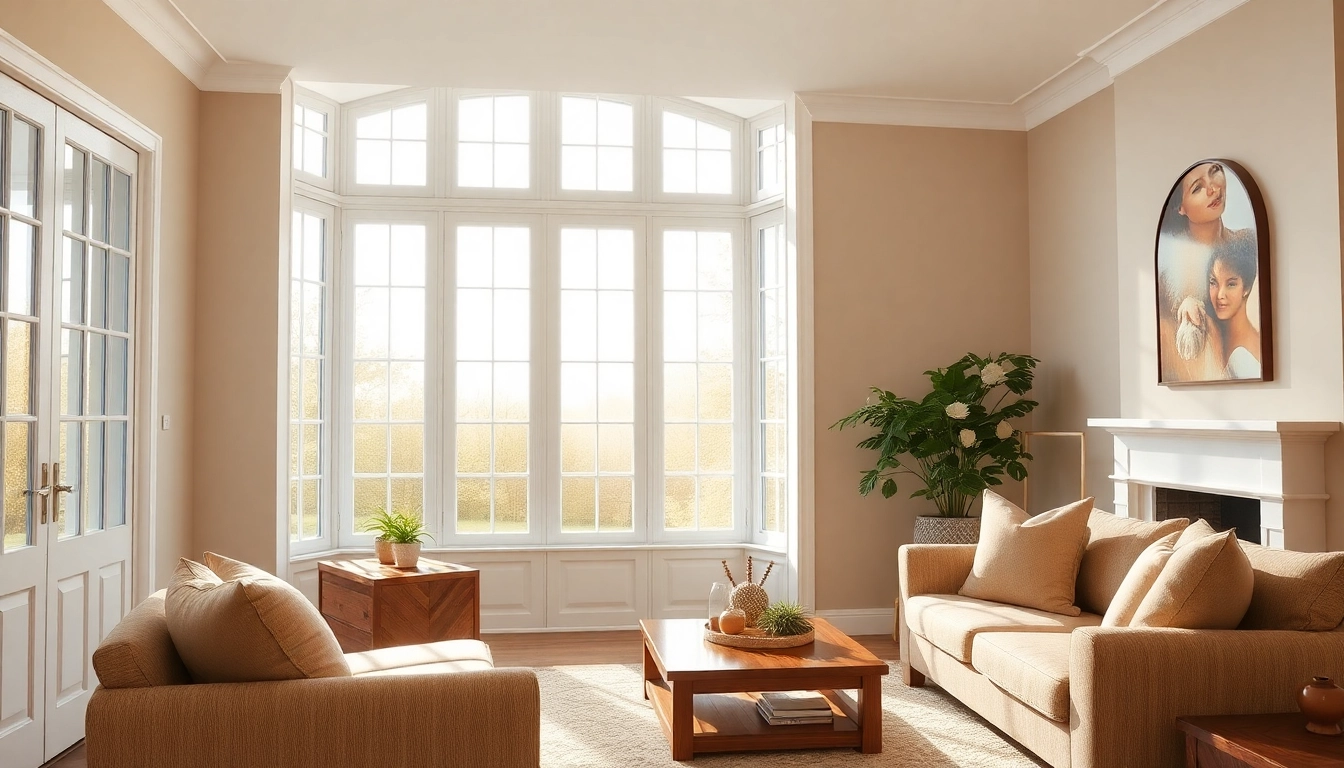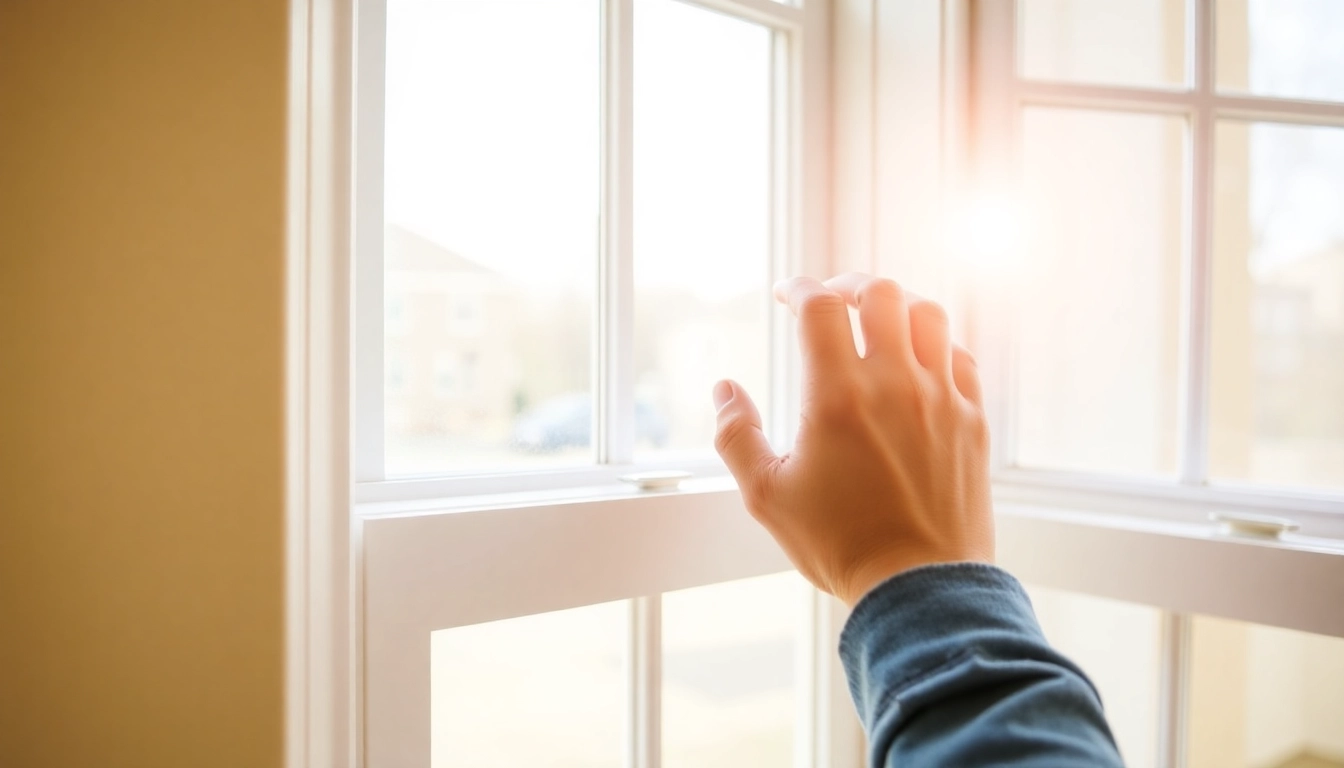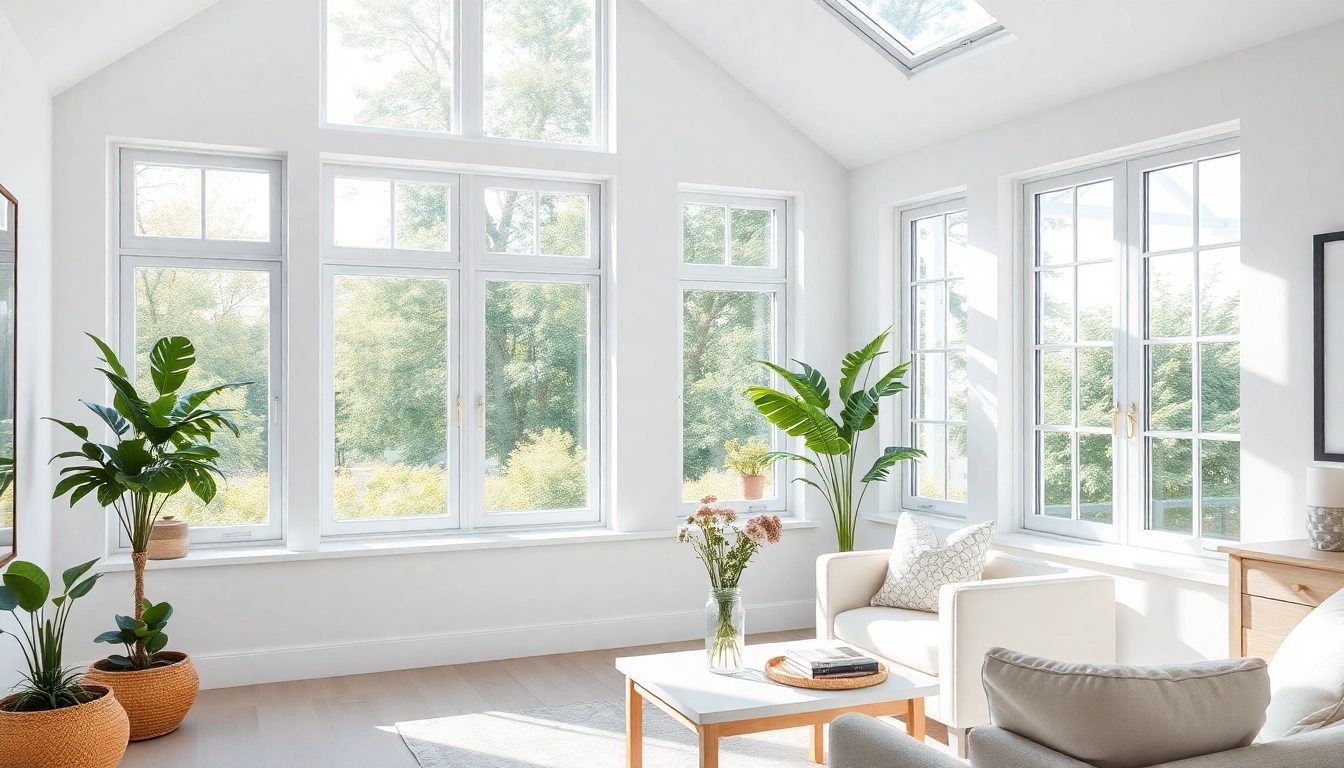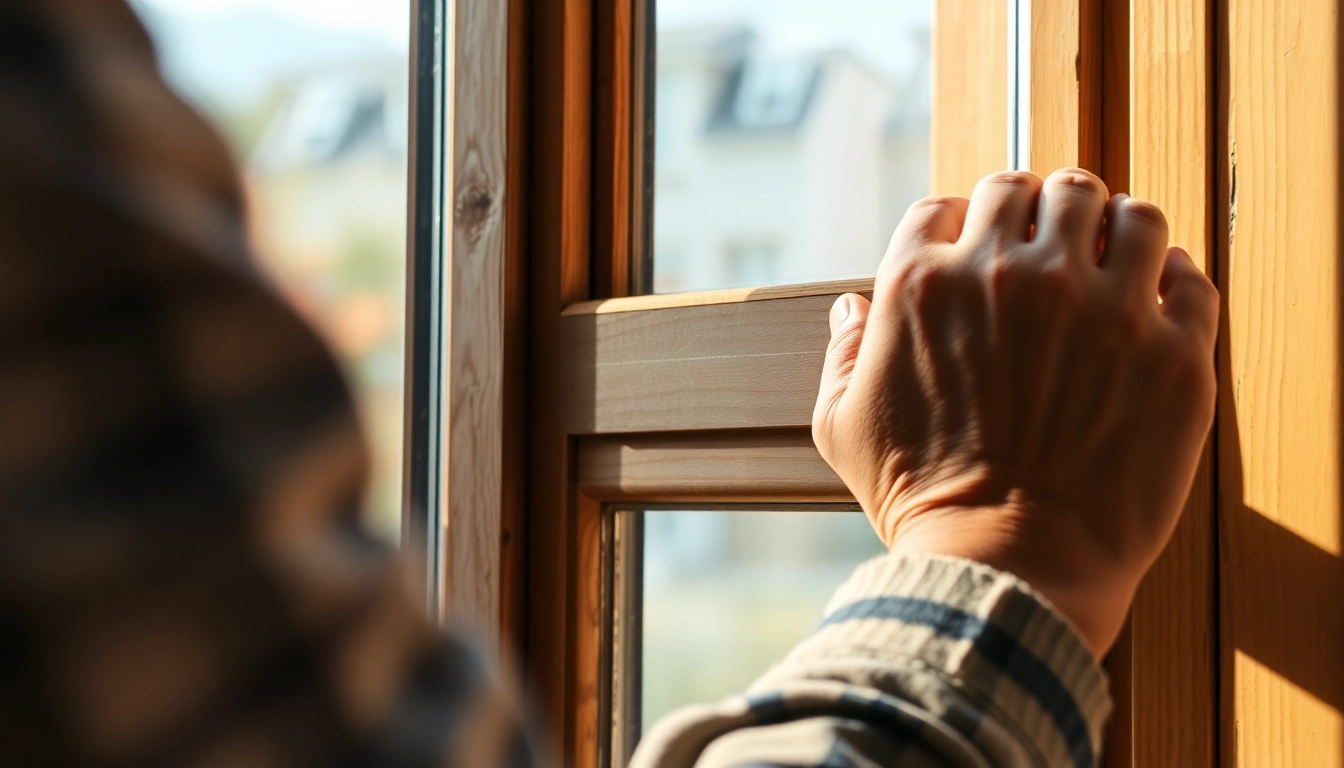Understanding Energy Efficiency in Sash Windows
For homeowners seeking to enhance comfort and reduce energy bills, upgrading to Energy-efficient sash windows presents a compelling option. Traditionally valued for their timeless aesthetic and structural integrity, sash windows have often been associated with heat loss and energy inefficiency. However, advancements in materials and installation techniques have transformed these classic windows into highly effective thermal insulators. This comprehensive guide explores the nuances of energy performance in sash windows, examining material choices, glazing options, installation strategies, maintenance, and cost-benefit considerations to help you make informed decisions for your home.
Thermal Performance of Timber vs. uPVC Sash Windows
The debate between timber and uPVC sash windows in terms of energy efficiency is longstanding. Timber, the traditional material, is inherently a good insulator owing to its natural fiber structure. When properly maintained and combined with modern glazing, timber sash windows can rival or surpass uPVC alternatives in thermal performance. A well-sealed timber sash window with high-quality double or triple glazing can achieve excellent U-values, significantly reducing heat transfer.
Conversely, uPVC sash windows have gained popularity due to their durability and low maintenance. Modern uPVC frames are manufactured with insulated chambers that enhance thermal performance. They also often come with energy ratings up to ‘A+’ or higher, indicating superior insulation properties. Climate-specific uPVC profiles with added features like foam filling further boost their thermal capabilities.
Recent studies and industry data suggest that when both materials are paired with advanced glazing, the performance gap narrows considerably. The ultimate choice depends on factors like aesthetics, maintenance preferences, historical preservation requirements, and budget constraints.
Key Features That Influence Energy Savings
Several design and manufacturing features directly impact the energy efficiency of sash windows:
- Frame Material: As discussed, timber versus uPVC has implications for insulation and longevity.
- Glazing Type: The glass’s thermal properties are crucial. Double or triple glazing with Low-E coatings dramatically reduces heat transfer.
- Seals and Weatherstripping: High-quality, draught-proof seals prevent air leakage around sashes, which is a significant factor in heat loss.
- Sash Design and Fit: Tight-fitting sashes that close securely minimize gaps and air infiltration.
- Additional Insulation: Techniques like cavity filling, secondary glazing, or window film can further enhance thermal performance.
These features, when optimized, create a synergistic effect that maximizes energy savings while maintaining the aesthetic appeal of traditional sash windows.
Benefits of Upgrading to Energy-Efficient Sash Windows
Investing in energy-efficient sash windows offers numerous advantages:
- Reduced Heating Costs: Enhanced insulation means less heat escapes, leading to lower energy bills.
- Improved Indoor Comfort: Consistent temperatures and reduced drafts improve overall living conditions.
- Environmental Impact: Lower energy consumption reduces carbon footprint.
- Preservation of Architectural Integrity: Modern energy-efficient options can be matched to original styles, supporting heritage conservation goals.
- Increased Property Value: Upgraded windows can be a significant selling point, reflecting energy awareness and aesthetic appeal.
In summary, modernization of sash windows with a focus on energy efficiency not only results in cost savings but also aligns with sustainability goals and preserves the character of traditional properties.
Choosing the Right Materials and Glazing Options
Double vs. Triple Glazing for Thermal Insulation
Glazing is the cornerstone of insulating performance in sash windows. Double glazing, which involves two panes of glass separated by an air or gas-filled space, has long been the industry standard for energy efficiency. It significantly reduces heat transfer compared to single glazing, minimizing cold spots and drafts.
Triple glazing, incorporating three panes with two intervening gas layers, offers even higher thermal resistance. Although more expensive and heavier, triple-glazed sash windows can be beneficial in colder climates or for properties where maximum insulation is desired. They also enhance soundproofing and security.
Key considerations include:
- U-value improvements: Triple glazing can reduce U-values by approximately 0.2 to 0.3 W/m²K compared to double glazing.
- Weight and structural adjustments: Heavier glass may necessitate reinforced sashes and fittings.
- Cost implications: Higher upfront investment balanced against long-term energy savings.
For most residential applications within the UK, high-quality double glazing with Low-E coatings provides an optimal balance of performance and affordability. However, for high-ambition projects aiming for extremely low energy loss, triple glazing is worthy of consideration.
Low-E Coatings and Their Role in Energy Efficiency
Low-Emissivity (Low-E) coatings are microscopic metallic layers applied to glass surfaces to reflect infrared energy. This reflective capacity allows the glass to block heat flow while still transmitting visible light, making it an essential feature of modern energy-efficient windows.
Advantages of Low-E coatings include:
- Enhanced thermal insulation by reducing heat loss in winter and heat gain in summer.
- Reduction of condensation issues caused by temperature differentials.
- Improved comfort levels without sacrificing natural light.
Multiple types of Low-E coatings are available, including soft-coat and hard-coat variants, each suited to different glazing configurations and performance requirements. Experts recommend selecting coatings optimized for your specific climate and window orientation to maximize energy savings.
Materials That Enhance Thermal Performance
Beyond glass, the insulation qualities of sash frames are vital. Modern materials include:
- Composite Frames: Combining timber interiors with uPVC or aluminum exteriors offers durability and excellent insulative properties.
- Filler Filled Frames: Foam or CFC-free gas fills within uPVC chambers help achieve higher R-values and lower U-values.
- Insulated Timber: Timber profiles filled with cavity insulation or structural foam improve thermal resistance while maintaining aesthetic authenticity.
Choosing superior materials and incorporating insulating features during manufacturing can transform traditional sash windows into highly energy-efficient elements in your home.
Installation Strategies for Optimal Energy Savings
Proper Sealing and Draught-Proofing Techniques
Even the most advanced sash window can underperform if installation is flawed. Ensuring airtight seals around sashes and frames is crucial. Modern draught-proofing techniques include:
- High-quality weatherstripping belts or gaskets around sashes.
- Using compression seals that form a tight fit when windows are closed.
- Applying flexible sealant compounds where gaps are minimal.
Professional fitting involves precise measurements and sealing to eliminate gaps that typically account for 30-40% of heat loss in traditional sash windows. Regular maintenance and replacement of seals extend the lifespan and efficiency of the windows.
Secondary Glazing and Its Advantages
Secondary glazing involves adding an extra panel of glass or acrylic inside the existing sash window. It is a popular retrofit solution to improve thermal performance without altering the original window structure, making it ideal for listed or heritage properties.
Key benefits include:
- Significant reduction in heat loss and drafts.
- Enhanced sound insulation.
- Improved security and UV protection.
Installation can be done with fixed, removable, or magnetic panels, offering flexibility and minimal disruption. Secondary glazing can often provide an ROI within a few years through energy savings.
Window Film Options to Reduce Heat Loss
Applying specialized window films is a cost-effective method to boost energy efficiency. These films reflect infrared radiation, reducing heat transfer and maintaining indoor temperature stability. Products now available are transparent and minimally intrusive, preserving the aesthetic qualities of sash windows.
Advantages include:
- Easy application and removal.
- Cost-effective compared to replacing windows.
- Quickly improves thermal performance.
Energy-saving films are particularly effective during cold months or for windows facing direct sunlight, helping to reduce cooling and heating loads.
Maintaining and Improving Energy Efficiency Over Time
Regular Inspections for Thermal Integrity
Scheduled assessments ensure that seals, hardware, and glazing remain optimal. Inspect for cracks, gaps, or deterioration that can compromise insulation performance. Addressing issues promptly maintains energy savings and prolongs the lifespan of your sash windows.
Upgrading Hardware and Seals
Over time, hardware components such as sash cords, pulleys, and locks may wear out. Modern, energy-efficient hardware options can improve sealing and ease of operation. Replacing worn seals with upgraded weatherstripping maintains airtightness and draft protection.
Smart Window Technologies and Future Trends
Emerging innovations include smart glass that adjusts transparency or insulation properties based on environmental conditions, and integrated sensors to monitor window performance. While still developing, these technologies promise to further enhance energy efficiency and user control.
Performance Metrics and Cost-Benefit Analysis
Measuring Energy Savings and Thermal Ratings
Thermal performance is commonly evaluated using U-values and R-values. U-value measures heat transfer; lower U-values indicate better insulation. Energy ratings from independent tests or certifying bodies (like Passivhaus or BREEAM) provide standardized benchmarks.
Homeowners can monitor energy bills before and after upgrades, and use thermal imaging to identify heat leak points. These practical assessments validate efficiency improvements.
Cost Comparisons of Materials and Installation
Initial investment varies significantly. High-quality double-glazed uPVC sash windows may cost between £500-£900 per window, including installation, whereas timber or triple-glazed variants are more expensive. Secondary glazing solutions are typically less costly and quicker to install.
Balancing upfront costs against long-term savings is essential. For example, a typical home’s energy bill could decrease by 15-25% following sash window upgrades, translating into substantial savings over decades.
Long-term Financial and Environmental Benefits
Energy-efficient sash windows contribute to lower carbon emissions by decreasing reliance on heating systems. Additional benefits include enhanced comfort, increased property value, and preservation of historical features, especially when techniques like secondary glazing are employed.
Investment in these systems aligns with sustainable building standards and can qualify for government incentives or grants aimed at energy efficiency improvements.



